Amaryllis Planting Outdoors – Learn How To Grow Amaryllis In The Garden
Amaryllis will grow well outside in warm regions up to Zone 7b. Plant these beauties in your warm climate garden.
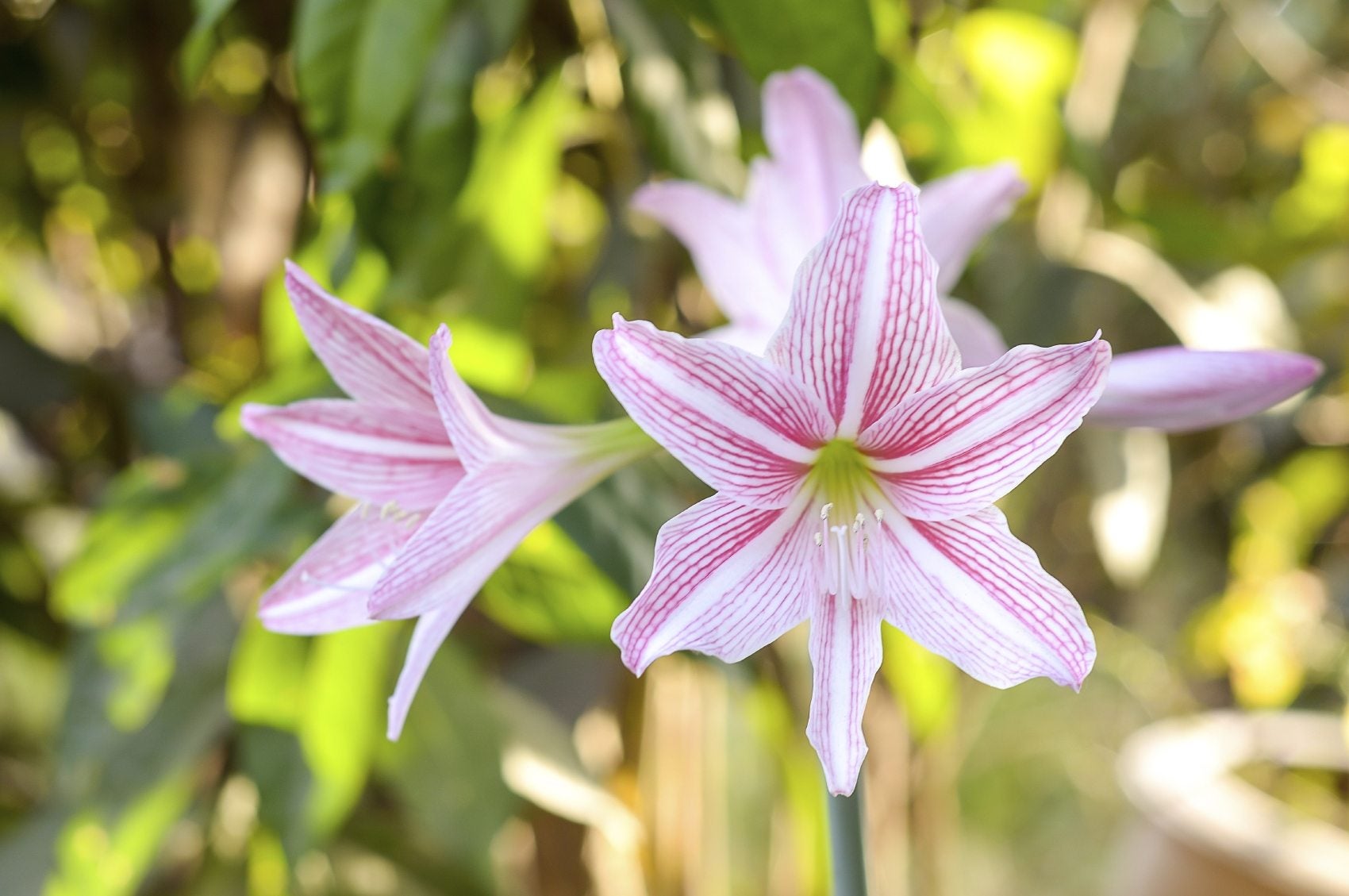

Amaryllis Garden Care: Tips On Planting Amaryllis Outside
Amaryllis is as popular a holiday gift plant as poinsettia and Christmas cactus. Once the attractive blooms fade, though, we’re left wondering what to do next. Of course, many people choose to continue growing the plant indoors, but it may come as a pleasant surprise to know that in warmer climes, up to USDA zone 7b, amaryllis care in the garden is an option too. Read on to learn more about growing amaryllis in gardens.
Amaryllis Planting Outdoors
Amaryllis bulbs are easy enough to grow indoors, and just as easy to grow in the garden, provided you live in a suitable region. They make great specimens outdoors. They perform well in beds, borders, or containers outside. You can also scatter them throughout the landscape in naturalized areas.
These plants look exceptionally attractive when planted in groups. Best of all, amaryllis bulbs are deemed resistant to both deer and many rodents. Whether you are planning on planting the bulbs themselves or transplanting forced plants, it’s important to know when the appropriate time for doing so is.
Typically, new bulbs are planted with other spring bloomers – in fall. Those gifted to you (or purchased plants) can go outside in spring after the threat of frost has passed. Wait until the plants have finished blooming too. Prior to moving these plants outside, however, you’ll want to gradually acclimate them to their new environment.
How to Grow Amaryllis in the Garden
Once amaryllis plants are ready to be planted, you’ll have to decide where to put them. First, consider light, since those being acclimated will need to slowly be introduced to more light anyway.
Amaryllis can tolerate both sun and shade fairly well but typically fares better somewhere in between – like partial shade. Too much sunlight can lead to leaf burn, while flowering may be limited in too much shade. Next, consider the soil in the area you want to grow amaryllis.
These bulbs prefer well-draining soil. You can improve drainage by creating raised beds or simply mixing in some organic matter, like peat or compost. Amended soil will also provide amaryllis with nutrients for healthy growth. Planting amaryllis outdoors is much the same as in containers, neck deep, keeping the top 1/3 of the bulb sticking up above soil level.
Gardening tips, videos, info and more delivered right to your inbox!
Sign up for the Gardening Know How newsletter today and receive a free copy of our e-book "How to Grow Delicious Tomatoes".
Space plants 12 to 15 inches (31-38 cm) apart. Water well following planting until they're established.
Amaryllis Garden Care
Amaryllis appreciates at least one feeding upon emergence in early spring. Although not necessary, additional fertilizer can be applied a couple more times throughout the growing season as needed using a balanced fertilizer at the recommended rates.
Amaryllis also needs to be kept moist throughout the growing season, though established plants are fairly tolerant of drought. Once planted outside, forced amaryllis bulbs will eventually revert back to their natural spring blooming cycle. Once flowers have faded, remove the stalks.
You can expect foliage to remain throughout much of summer before succumbing to fall frosts. Adding about a 2-inch (8 cm) layer of mulch around your plants will not only help conserve moisture and reduce weed growth but will offer them added protection once cooler temps arrive.
Given adequate amaryllis garden care, you can expect to see beautiful blooms each year. They don’t require much fuss and are fairly tolerant of neglect once established.
Should plants become overcrowded, divide the clumps and separate them as needed. This can also help with reduced blooming, as can a bloom-boosting fertilizer or bone meal.
Growing amaryllis in the garden is a great way to enjoy these plants year after year.

Nikki Tilley has been gardening for nearly three decades. The former Senior Editor and Archivist of Gardening Know How, Nikki has also authored six gardening books.
-
 Looking For Plants To Give You The Soft And Fuzzies? Try These 5 Fuzzy Leaf Plant Options
Looking For Plants To Give You The Soft And Fuzzies? Try These 5 Fuzzy Leaf Plant OptionsLovers of texture, drama, silver foliage and tactile plants will adore these special sensory garden additions. These fuzzy leaf plant options will leave you all aglow
By Susan Albert
-
 Get Ready For A Summer Of Hummers! Grow These Full Sun Hummingbird Plants and Flowers
Get Ready For A Summer Of Hummers! Grow These Full Sun Hummingbird Plants and FlowersIf you’re lucky enough to enjoy a sunny backyard, make sure you are maxing out on your pollinator opportunities and grow these full sun hummingbird plants and flowers
By Tonya Barnett
-
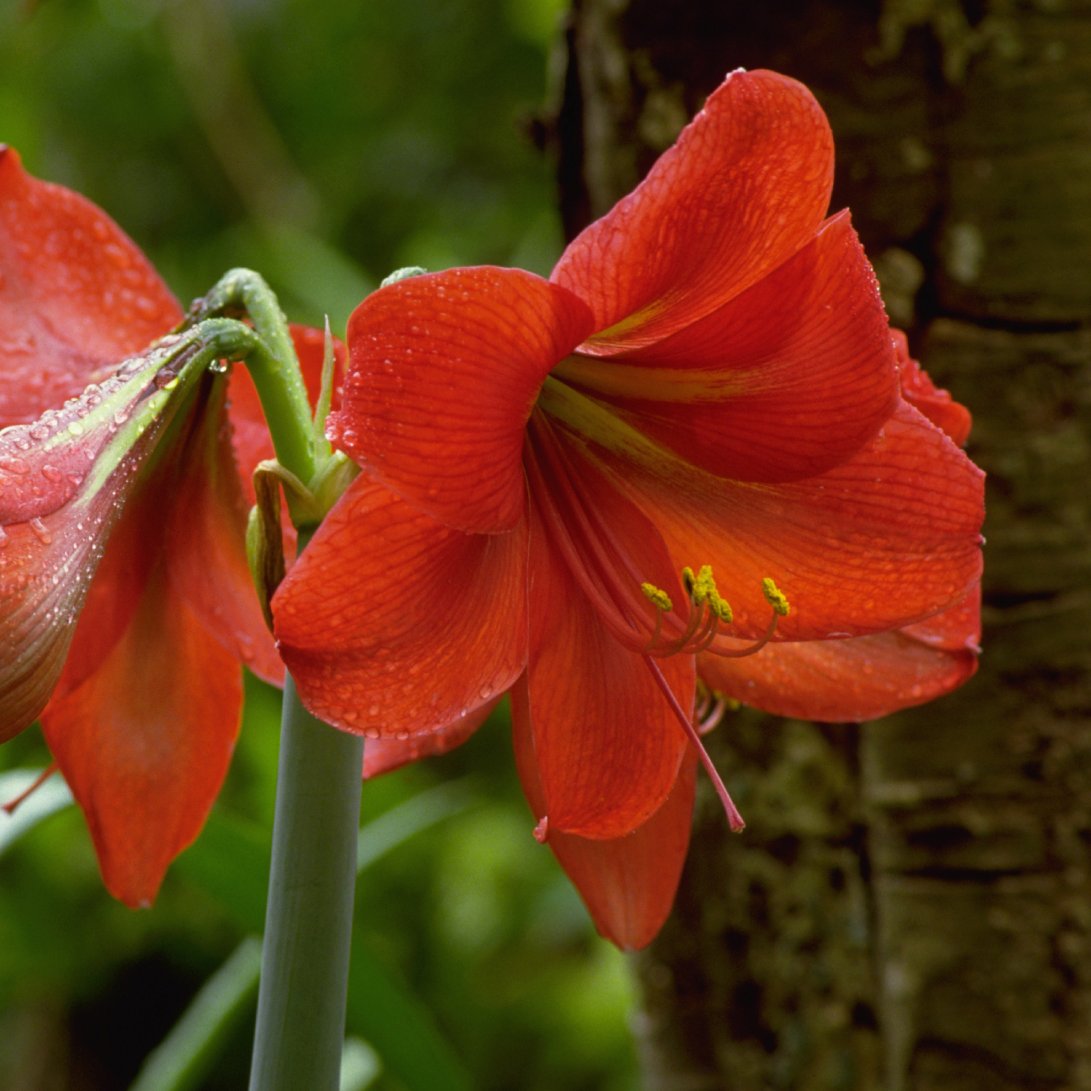 Amaryllis Southern Blight Disease: Recognizing Amaryllis Southern Blight Symptoms
Amaryllis Southern Blight Disease: Recognizing Amaryllis Southern Blight SymptomsBy Mary Ellen Ellis
-
 Amaryllis Has Leaf Scorch – Controlling Red Blotch Of Amaryllis Plants
Amaryllis Has Leaf Scorch – Controlling Red Blotch Of Amaryllis PlantsBy Tonya Barnett
-
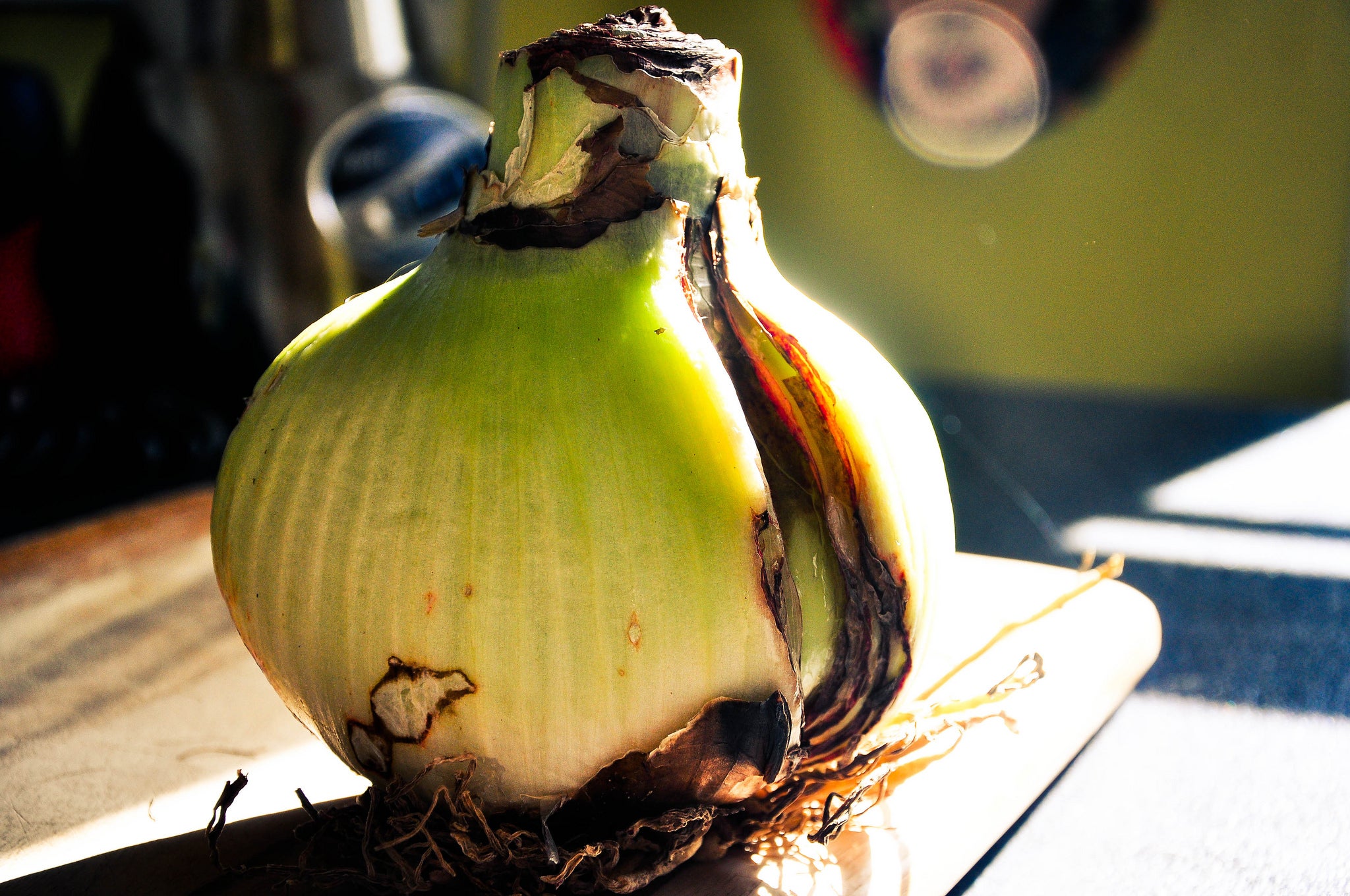 Amaryllis Bulb Rot – What Causes Rotten Amaryllis Bulbs
Amaryllis Bulb Rot – What Causes Rotten Amaryllis BulbsLike many potted plants, diseases and issues related to fungal infections can be detrimental to the development of the plant and may even cause it to die before it is able to bloom. Amaryllis bulb rot is one such issue. Learn more about this problem in the following article.
By Tonya Barnett
-
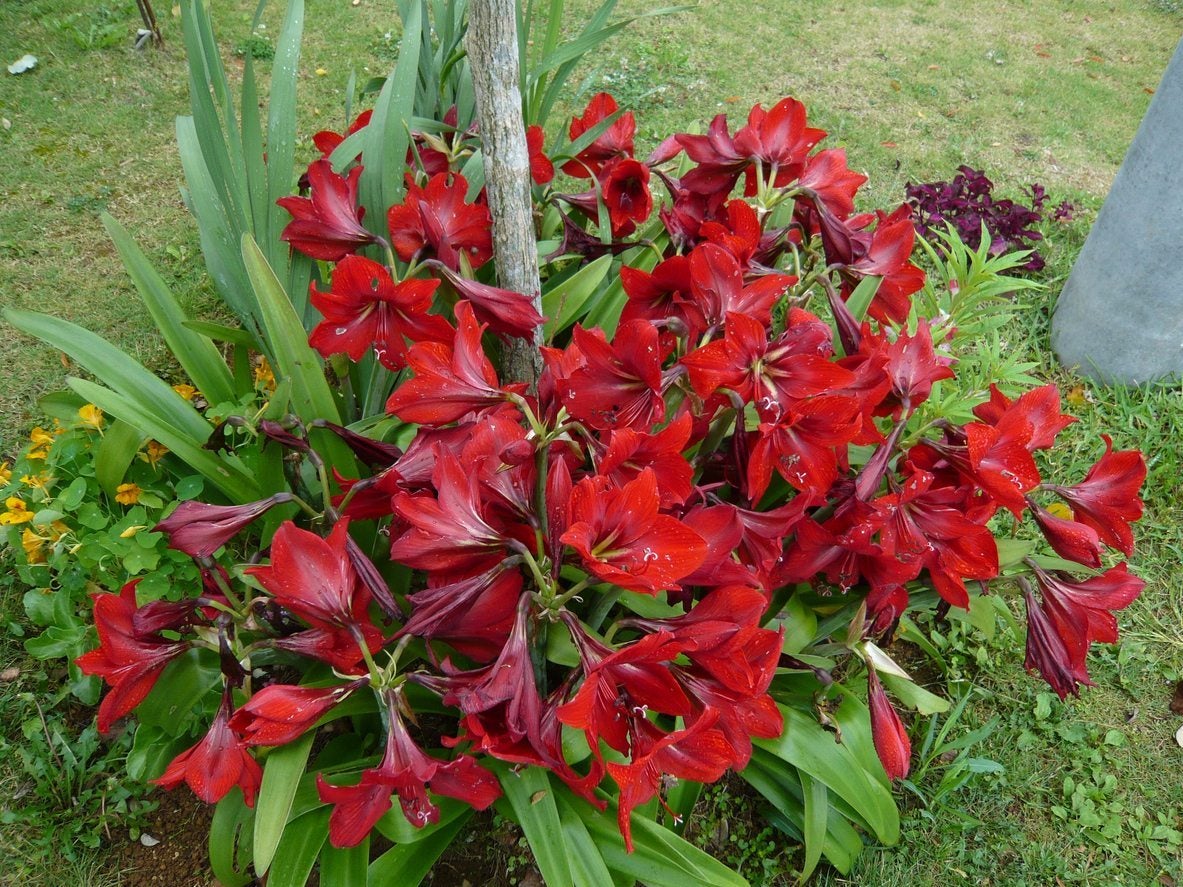 Separating Amaryllis Plants: How To Divide Amaryllis Bulbs In The Garden
Separating Amaryllis Plants: How To Divide Amaryllis Bulbs In The GardenLike many bulbs, in time and with the right environmental conditions, outdoor amaryllis bulbs will reproduce and naturalize. Amaryllis plant division is not only a way to control amaryllis colonies, but it also keeps plants healthy. Click here to learn more.
By Darcy Larum
-
 Complete Guide To Repotting Amaryllis – For Better Blooms & A Healthier Plant
Complete Guide To Repotting Amaryllis – For Better Blooms & A Healthier PlantAmaryllis plants don't need a lot of elbow room, but they do have to be repotted every 3-5 years. Wait until they're dormant and pick a slightly bigger pot.
By Teo Spengler
-
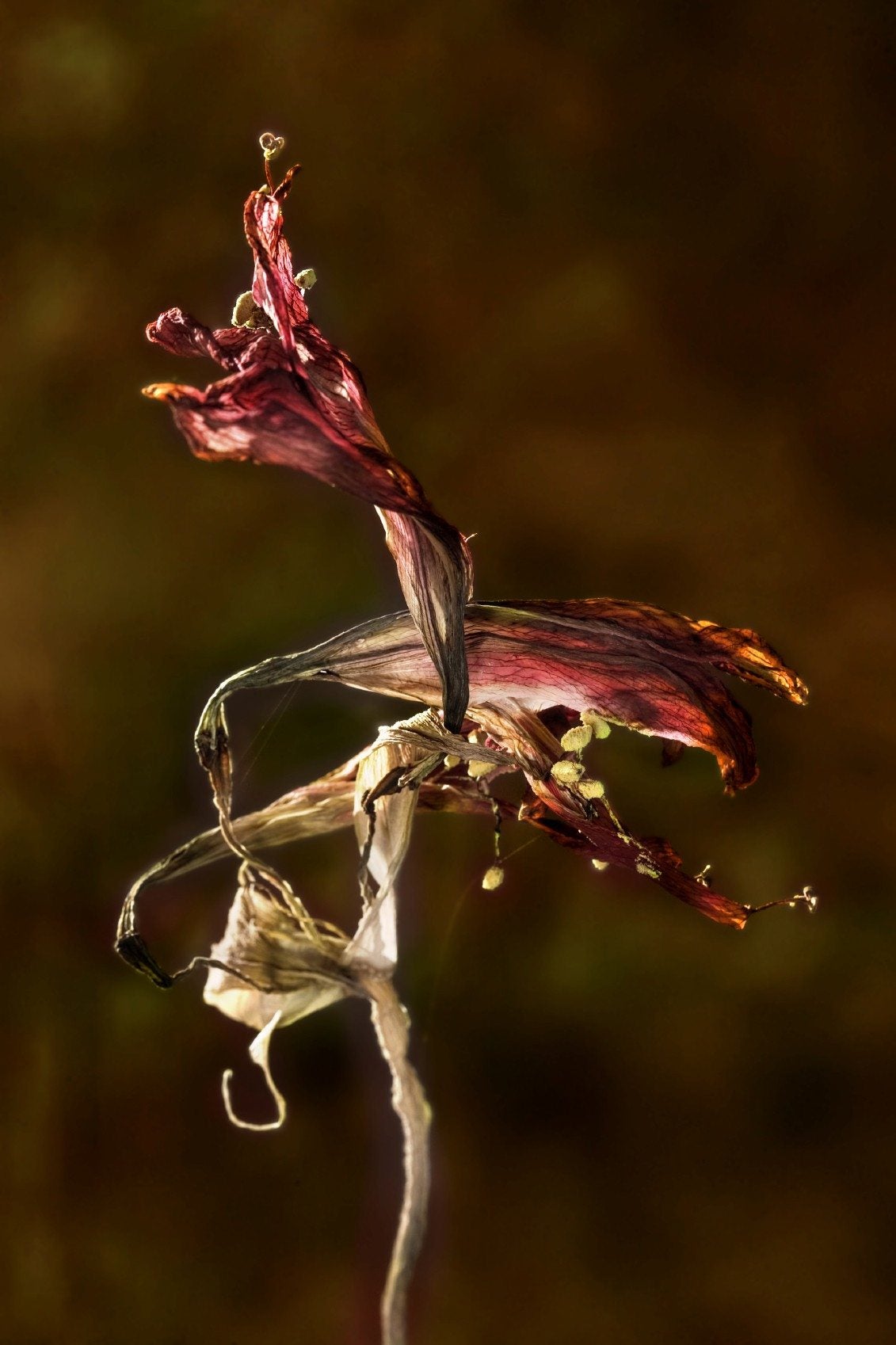 Amaryllis Seed Propagation: How To Plant An Amaryllis Seed
Amaryllis Seed Propagation: How To Plant An Amaryllis SeedIf you have some patience, you can produce and germinate your own amaryllis seed pods. Learn more about amaryllis seed propagation and how to plant an amaryllis seed in the article that follows. Click here for more information.
By Liz Baessler
-
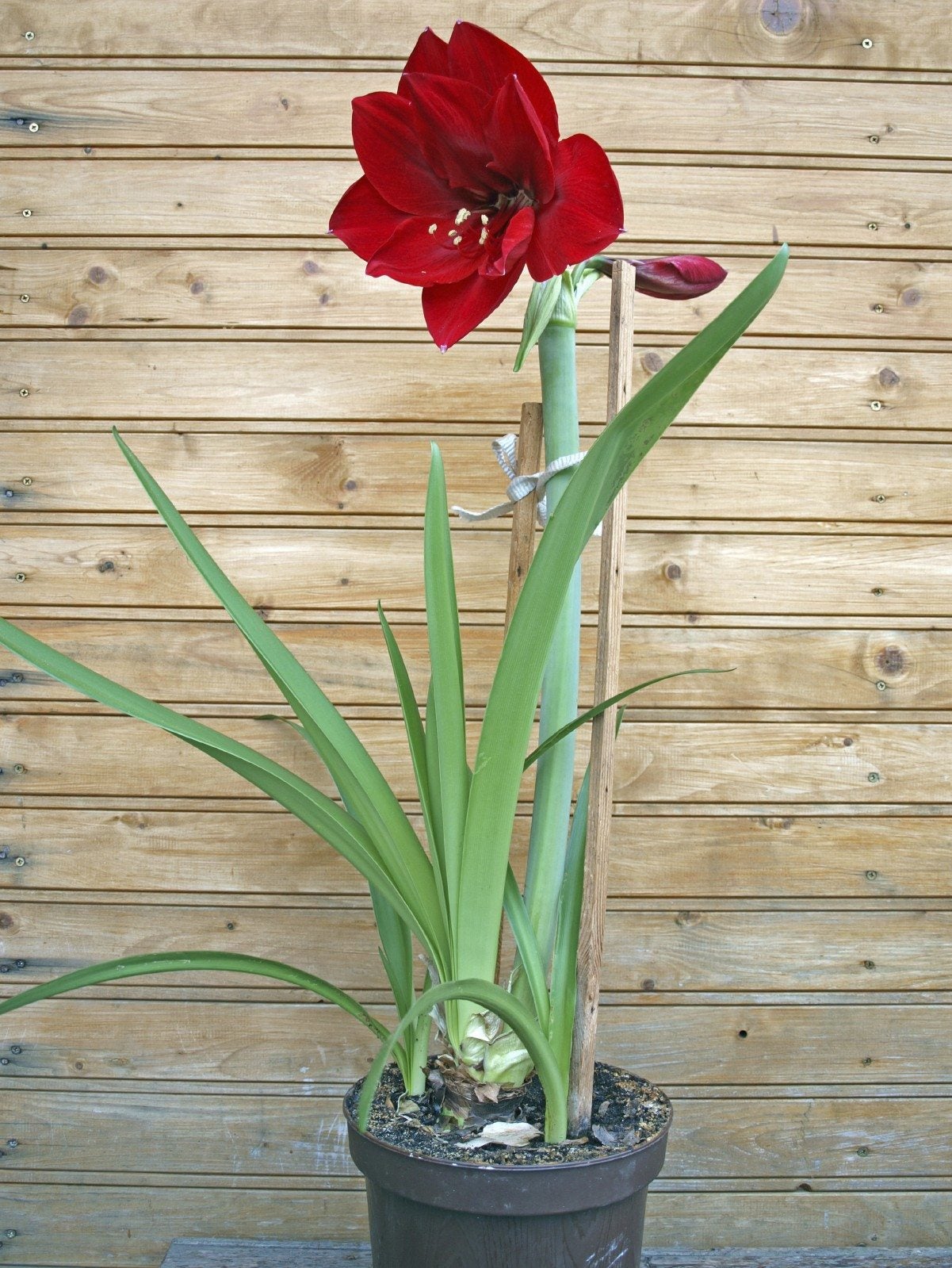 Staking An Amaryllis: Types Of Amaryllis Support Stakes
Staking An Amaryllis: Types Of Amaryllis Support StakesThe tall amaryllis stalks grow from bulbs, and each stalk bears four huge blooms. If your blooming plant gets top-heavy, you might need to learn about staking an amaryllis. Click this article for information about what to use for amaryllis plant support.
By Teo Spengler
-
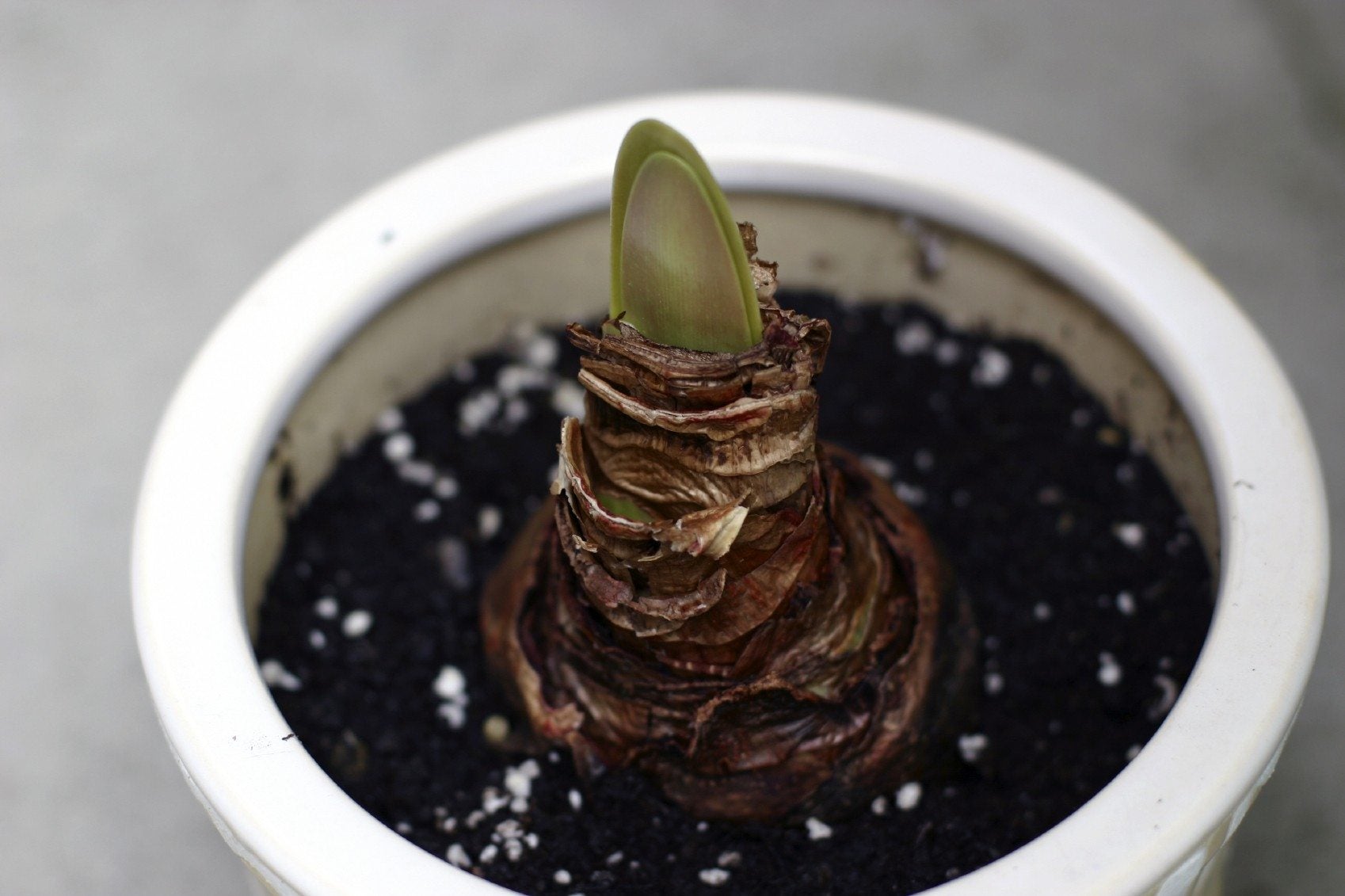 Soil For Amaryllis Plants – What Kind Of Soil Does Amaryllis Need
Soil For Amaryllis Plants – What Kind Of Soil Does Amaryllis NeedBecause it blooms in winter or early spring, amaryllis is almost always kept in a pot indoors, so you have more say in the kind of soil it grows in. So what kind of soil does amaryllis need? Learn about amaryllis soil requirements in this article.
By Liz Baessler